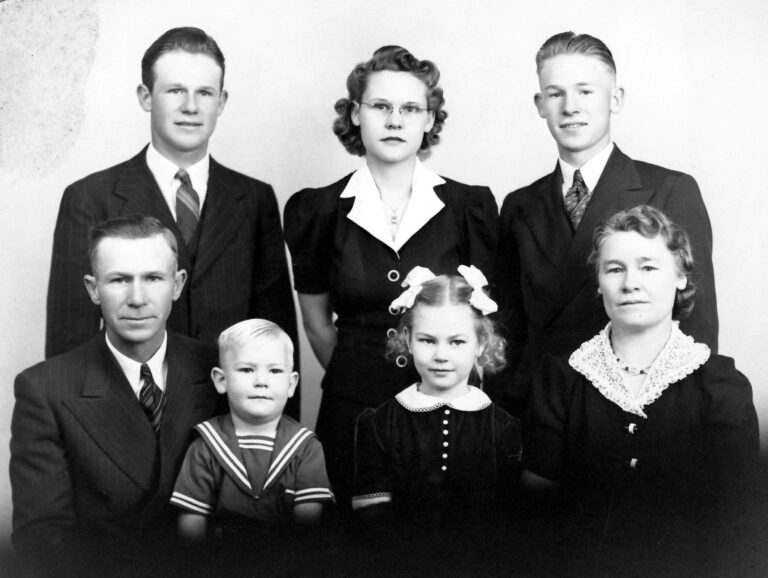In families shadowed by narcissism, roles are assigned with a ruthless precision that shapes every interaction, every expectation, every heartbreak. Among these roles, two stand out for their emotional weight and complexity: the Golden Child and the Scapegoat. On the surface, the Golden Child may seem to have it all—admiration, approval, even love—but beneath the shine lies a heavy burden of impossible standards and conditional affection. Meanwhile, the Scapegoat endures the pain of blame and rejection, cast out to absorb the family’s darkest frustrations. Both children live trapped in emotional cages crafted by a narcissistic parent, but their heartbreaks, though different in form, share a profound, heartbreaking loneliness. This article dives deep into the contrasting yet intertwined pains of the Golden Child and the Scapegoat, revealing the silent struggles that often go unseen behind the closed doors of narcissistic families.
Table of Contents
- The Silent Struggle of the Golden Child Beneath the Perfect Façade
- Unmasking the Deep Wounds of the Scapegoat in a Narcissistic Family
- How Roles Shape Identity and Fuel Emotional Isolation
- Healing Steps for Breaking Free and Reclaiming Your True Self
- Concluding Remarks
The Silent Struggle of the Golden Child Beneath the Perfect Façade
Beneath the glowing praise and seemingly endless approval, the golden child carries an invisible weight. Conditioned to be the perfect reflection of their narcissistic parent’s desires, they are trapped in a relentless cycle of expectation and performance. While others might envy their status, few see the lonely isolation that comes with it—an existence where every achievement feels less like a personal victory and more like a mandatory validation. The golden child’s emotions are often silenced, their true self buried beneath layers of scripted perfection, leading to a profound sense of emptiness and identity confusion.
The struggle is compounded by an unspoken truth: this golden glow casts a shadow on the scapegoat, yet it often overshadows the golden child’s own pain. They become experts at hiding hurt behind smiles and accomplishments, forever wary that any sign of vulnerability will shatter the fragile admiration built around them. Common struggles endured by the golden child include:
- Chronic anxiety stemming from fear of disappointing their parent
- Difficulty establishing authentic boundaries and personal desires
- An internal battle with guilt over the scapegoat’s suffering
- Loneliness caused by the pressure to maintain an unblemished image
This hidden pain deserves recognition—not as a symbol of perfection, but as a deeply human struggle for acceptance beyond roles assigned by narcissistic dynamics.
Unmasking the Deep Wounds of the Scapegoat in a Narcissistic Family
The scapegoat often bears the brunt of blame, criticism, and neglect in a household dominated by narcissistic dynamics. This role is not merely about being the “black sheep” but about carrying invisible wounds that run deep and shape their entire sense of self. The relentless barrage of accusations and emotional invalidation leads to internalized shame and confusion. Unlike their golden child counterparts, who are elevated and idealized no matter their faults, scapegoats are trapped in a ceaseless cycle of rejection and self-doubt. Their worth is constantly questioned, creating an emotional chasm difficult to bridge even in adulthood.
This raw, unrelenting pain manifests in:
- Chronic feelings of inadequacy and low self-esteem
- A pervasive sense of isolation, even among loved ones
- Difficulty trusting others due to childhood betrayal
- Internalizing blame for family dysfunction
- Struggling to form a coherent identity beyond the scapegoat label
Understanding this profound hurt is the first step toward healing—a journey that requires compassionate self-recognition and breaking free from the toxic narratives imposed by the narcissistic family system.
How Roles Shape Identity and Fuel Emotional Isolation
In the oppressive dynamics of narcissistic families, roles are assigned with unyielding rigidity, shaping each member’s identity like a cast mold. The Golden Child becomes a shining symbol of perfection, their worth measured by endless praise and unrealistic expectations. Meanwhile, the Scapegoat bears the brunt of blame and rejection, absorbing the family’s collective pain and dysfunction. Both roles strip away the person’s authentic self, reducing them to archetypes that neither reflect their true feelings nor allow for the healthy expression of vulnerability. Over time, this leaves each individual tangled in a web of emotional isolation, trapped between who they are and who they are forced to be.
Behind closed doors, the emotional loneliness manifests in silent struggles:
- Golden Children wrestle with a facade of invulnerability, terrified to show weakness for fear of losing approval.
- Scapegoats internalize rejection, believing they are inherently flawed and unloved.
- The family’s emotional ecosystem discourages genuine connection, making honest communication almost impossible.
This suffocating dynamic forces both roles into solitary battles, their pain invisible and often misunderstood—even by those closest to them.
Healing Steps for Breaking Free and Reclaiming Your True Self
Taking the first steps toward healing means acknowledging the invisible scars left by years of emotional manipulation and dysfunction. It’s essential to create a safe space for yourself where vulnerability is not a weakness but a powerful act of courage. Embracing your pain allows you to start untangling the complex web of guilt, shame, and self-doubt that has been woven into your identity. Remember, recovery is not linear — some days you will soar, and others will feel like moving through molasses. Be patient; self-compassion is not just a buzzword but the foundation of authentic restoration.
To reclaim your true self, consider incorporating these transformative practices:
- Set firm boundaries: Protect your emotional first aid by discerning who deserves your time and energy.
- Seek authentic connection: Find friends, mentors, or therapists who genuinely listen and validate your experience.
- Engage in reflective journaling: Write without judgment to unravel the layers of your inner dialogue and rediscover your voice.
- Practice mindfulness and grounding: Return to the present moment to quiet chaos and nurture inner peace.
These steps aren’t just about healing wounds—they’re about lighting the path back to your genuine self, allowing your spirit to thrive beyond imposed labels and roles.
Concluding Remarks
In the tangled web of narcissistic families, both the Golden Child and the Scapegoat bear wounds that often go unseen and unheard. While one is burdened with impossible expectations and the quest for approval, the other carries the weight of blame and rejection. Understanding these roles isn’t about assigning blame—it’s about shining a light on painful dynamics that fracture families and steal away individual joy. If you recognize yourself in either role, know that your feelings are valid and your healing is possible. Breaking free from these toxic cycles is a journey, but it’s one worth taking. Remember, you deserve love beyond condition, and your story matters far beyond the labels placed upon you.

